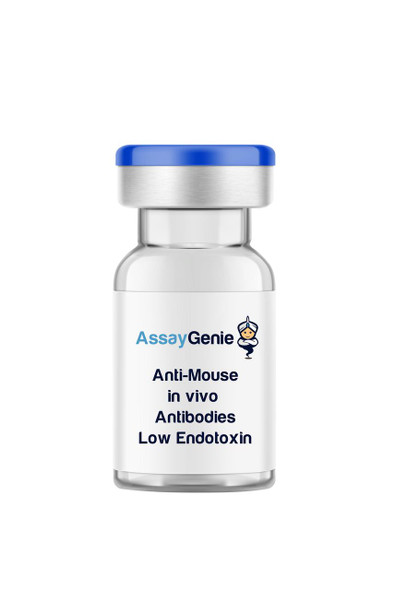Chikungunya virus (CHIKV) is a mosquito-transmitted alphavirus that causes epidemics globally and has been declared a notable disease by the CDC1,2. CHIKV is an enveloped virus with an 11.8-kb single-stranded, positive-sense RNA genome with two open reading frames3,4. There are three main genotypes, having 95.2 to 99.8% amino acid identity: Asian, West African, and East/Central/South African (ECSA). The mature CHIKV virion is comprised of a nucleocapsid protein C and two glycoproteins, E1 and E25. E1 participates in virus fusion. E2 functions in attachment to cells. E1 and E2 form 80 trimeric spikes on the virus surface6.
CHK-166 is a neutralizing monoclonal antibody (MAb) that provides complete protection against lethality as prophylaxis in Ifnar−/− mice5. It was generated by infecting adult Irf7−/− C57BL/6 mice with the La Reunion 2006 OPY-1 strain of CHIKV (CHIKV-LR) and boosting with recombinant CHIKV E2 protein or infectious CHIKV-LR. Myeloma cell-splenocyte fusions were screened for binding to CHIKV-LR infected cells and the resulting MAb was cloned for analysis.
Neutralization escape variants were generated to map the CHK-166 epitope5. CHK-166 recognizes amino acids on domain II of E1, adjacent to the conserved fusion loop. All escape mutants had a single K61T mutation in the E1 protein.
CHK-166 inhibits CHIKV infection in cell culture in a post-attachment neutralization assay5. CHK-166 also protects 63% of mice from death when a single dose is administered 24 h after CHIKV infection. If both CHK-166 and CHK-152 are administered post-infection in mice, then viral resistance is prevented and the treatment window is extended5. Additionally, combination CHK-152/CHK-166 MAb therapy in rhesus macaques reduces viral infection and spread, neutralizes reservoirs of infectious virus, and does not produce escape viruses7.






